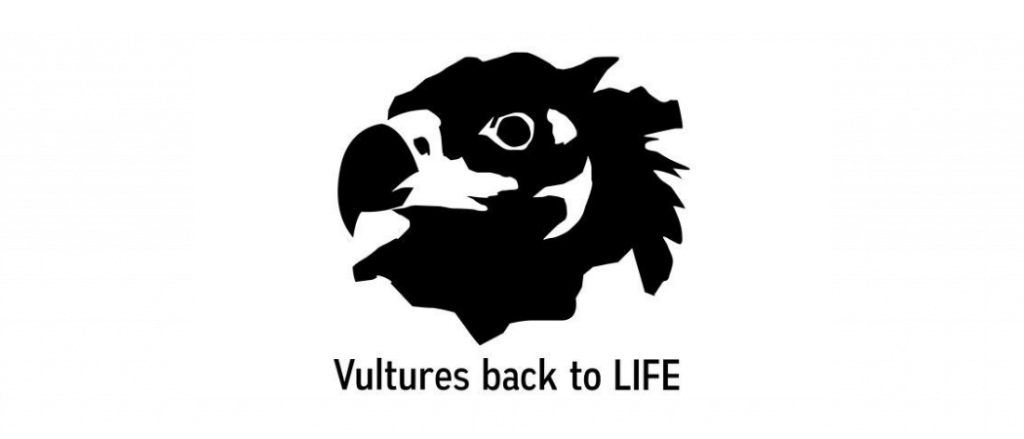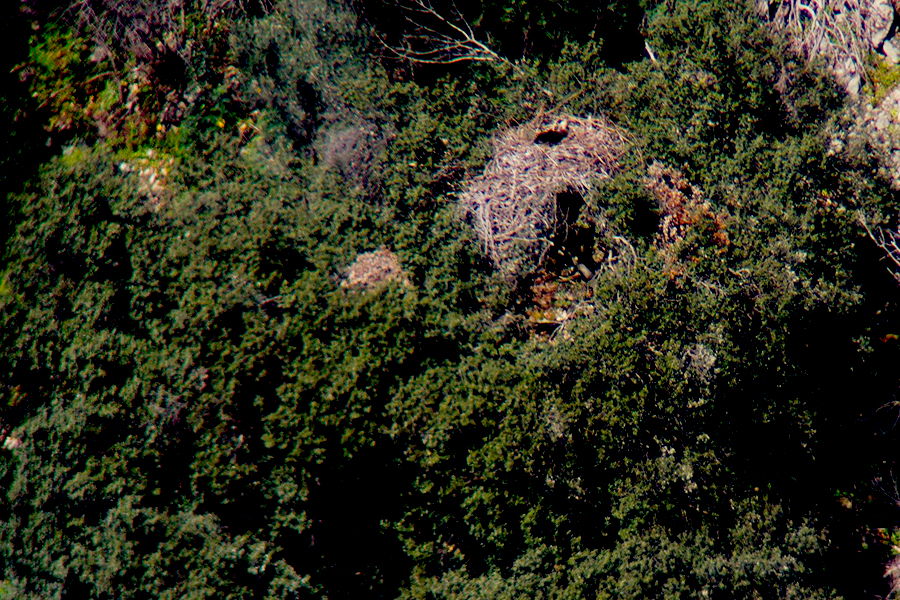Nine additional wild-hatched Cinereous Vultures coming from Spain have recently joined the species’ wild population in Bulgaria with the latest release of the Vultures Back to LIFE reintroduction project.
Spanish Cinereous Vultures donated to Bulgaria
Every year, several Cinereous Vultures that hatch in the wild in Extremadura need rescuing and enter rehabilitation centres. Most birds return to the wild in Spain after they fully recover, while others are selected to support conservation initiatives. Spain hosts the world’s largest population of this species and is home to around 2,500 breeding pairs, with more than half in Extremadura.
For the past few years, the Junta de Extremadura has been generously donating Cinereous Vultures to the Vultures Back to LIFE project for reintroduction purposes. After the vultures spend the necessary quarantine period at AMUS, the Vulture Conservation Foundation safely transfers them to Bulgaria for their eventual release to the wild. So far, 69 Cinereous Vultures have been secured for the project.
Releasing the Cinereous Vultures into the wild


Upon arriving in Bulgaria, the Cinereous Vultures undergo health checks by the local Vultures Back to LIFE team and then enter acclimatization aviaries to get used to their new home. Months later, they are ready to live in the wild.
At the end of April 2022, the Green Balkans and Fund for Wild Flora and Fauna deemed three male and six female Cinereous Vultures ready for release. The team first equipped them with GPS transmitters to monitor their movements and behaviour in the wild. They then released the Spanish Cinereous Vultures into the wild, boosting the Bulgarian population of the species.
Cinereous Vultures Krushuna and Galyo exhibit special behaviour



About a month after the release, on 31 May, a Green Balkans team noticed an interesting behaviour from two recently released Spanish Cinereous Vultures. It appears that Krushuna (on the left) is not indifferent to Galyo (on the right). The young Cinereous Vultures have parted from the others and have been exchanging “kisses”. It’s still too early to expect something more serious, but we hope the two vultures eventually form a solid pair and raise young ones in the coming years.
A dream come true: the return of the Cinereous Vulture in Bulgaria
To achieve the return of the Cinereous Vulture as a nesting species, the Vultures Back to LIFE project started in 2015. The first three Cinereous Vultures — all captive-bred — were reintroduced in 2018, and 2019 saw the release of the first birds from Spain. With the latest release, the project already released over 60 Cinereous Vultures into the wild, leading to the successful establishment of local nuclei in the two distinct sites in Bulgaria – the Eastern Balkan Mountains and the Vrachanski Balkan Nature Park.
Thanks to these releases and other targeted conservation actions, the Cinereous Vulture returned as a breeding species in Bulgaria last year, 28 years since it was declared extinct. So far, six pairs have already formed and three chicks have hatched, making Bulgaria the second country in the Balkans after Greece, where the species is breeding.
To stay tuned with the project and the nine Cinereous Vultures, you can follow us on Facebook and Twitter.
The Vultures Back to LIFE project

Led by Green Balkans in collaboration with the Fund for Wild Flora and Fauna, Vulture Conservation Foundation, Junta de Extremadura and Euronatur, the Vultures Back to LIFE project aims to reintroduce the Cinereous or Eurasian Black Vulture to Bulgaria. The team will transfer and release into the wild around 60 birds, some coming from captive-breeding backgrounds but mostly from Spanish wildlife rehabilitation centres. The project will also create supplementary feeding stations, increase populations of wild herbivores, improve nesting conditions and tackle some of the major threats to support the return of the species.




